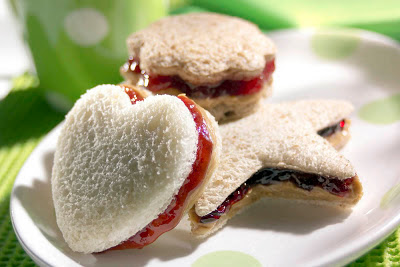Any business that depends on food sales should utilize food photography in their advertising campaigns. It is a proven fact that restaurants sell more food when their menus contain photographs. That is why food photography is so prevalent in advertising today. It is only effective advertising, however, if the photography truly whets the appetite of the viewers. Following these tips can ensure a successful food photography session:
Food Stylist Tricks
Photographing food and products is much more than just placing a plate on the table and picking up the camera. If the food doesn't look appetizing in the picture, no one will want to try it. An experienced food stylist knows how to choose the right items to photograph. When taking a photo of a tomato, for instance, the stylist might have a case of tomatoes and only use two. Glycerin can be added to the tomato to or lettuce can be iced to make them look fresh and juicy. A food stylist might have the chef cook five or six steaks just so they can choose the one that photographs best. A propane torch and a wire can be used to create grill marks on a steak.
Accessorizing With Props
Props play an important role when photographing food and products. A food stylist accessorizes the main food by including items to compliment it. In food photography, a plain bowl of ice cream might look okay. Place that same ice cream next to small bowls of cherries, whipped cream, nuts and hot fudge sauce and you have a picture that can make the viewer's mouth water. The food stylist and the photographer work together and plan out the photo before the food ever hits the table.
Creating The Mood Using Lighting
The lighting can make all the difference when photographing food and products. It's important to get the lighting right using stand-ins instead of the actual food the photographer is using. This ensures that the food being photographed is as fresh as possible. Textures can also be created using specialized lighting techniques. The right lighting can make colors pop, making the food look more appetizing.
Food Photography Timing
Timing is critical in food photography. A good photographer will take the photos on-site instead of in a studio. Doing this ensures the food is as fresh as possible. While the chef is cooking, the photographer and food stylist can use stand-ins to make sure the lighting is right for the photo. This means that the food will be fresh when it's time for the picture instead of dried out from the strong lighting. If using cut fruit, wait until the last possible minute to cut it and then the stylist can use glycerin or ice to make it look even better in the photo.
Food photography is much more than just taking a picture of a dish. It's a team effort between the chef, photographer and food stylist. When choosing a photographer for your food advertising materials, you'll want one that is experienced in photographing food and products.






